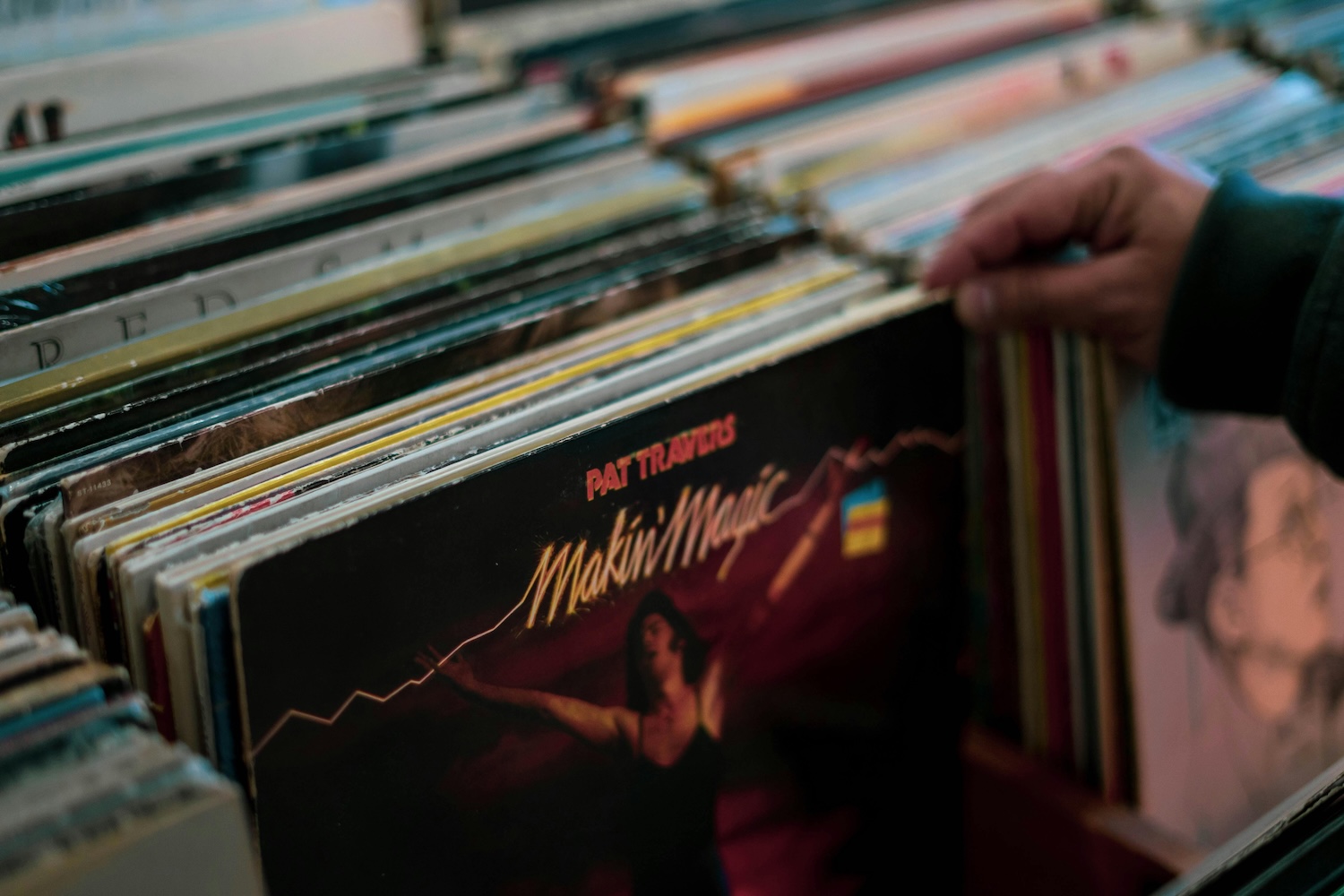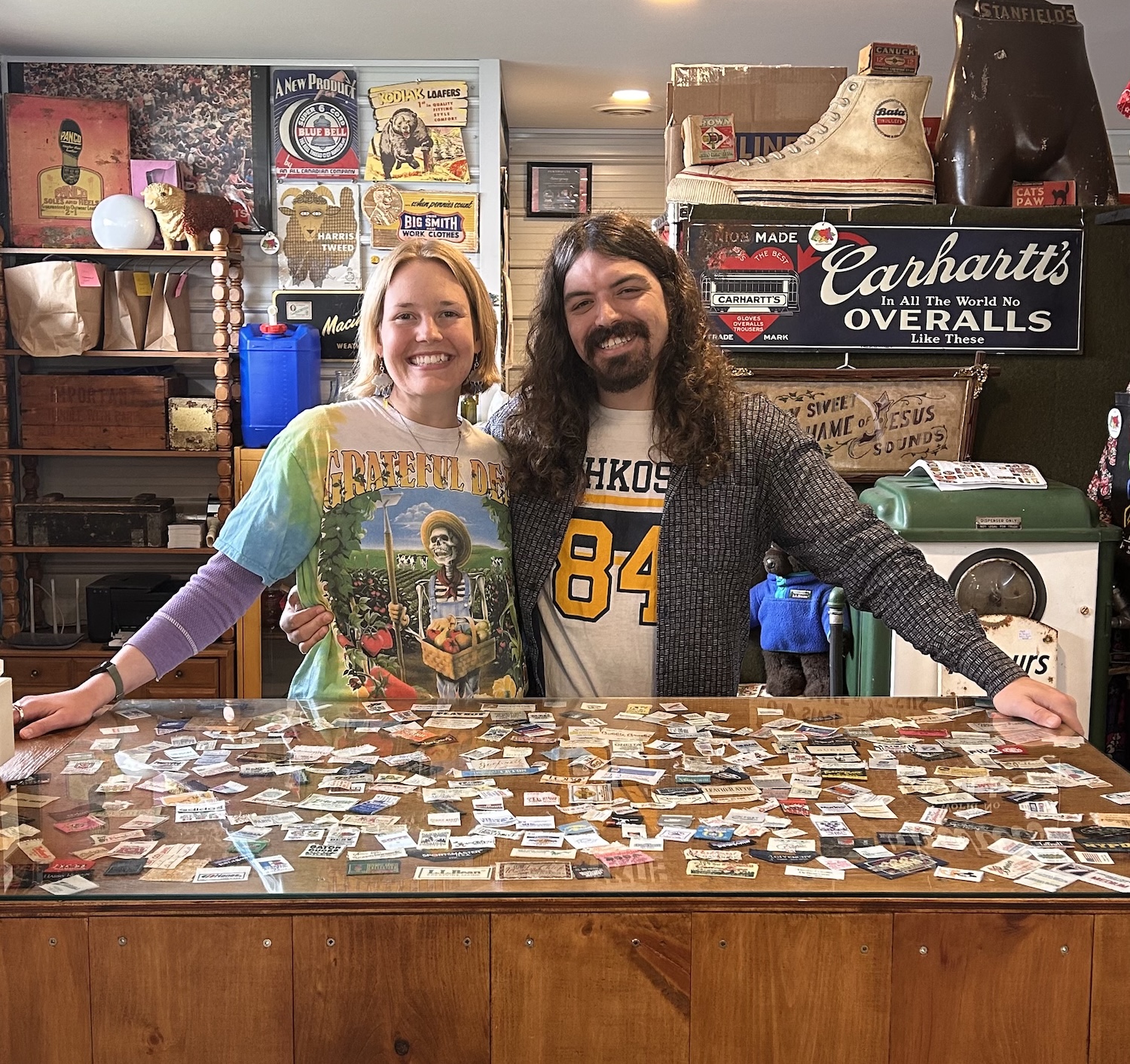
The new collector’s guide to vintage Depression glass
Pretty glass patterns dress up any entertaining occasion. If you’re a buyer or seller new to the world of Depression glass, browse our starter collector’s guide to familiarize yourself with some of the most popular styles, and learn how to identify real from reproduction
Ed. note: This article was updated June 21, 2024 to reflect a correction about how straw marks are created, with thanks to Sean George Pressed Glass.
Enliven your tables with one-of-a-kind Depression glass dinnerware collections that will leave your guests in awe of more than just the food as they pass around pastel plates and clink gorgeous wine glasses in celebration.
Hunting for this striking glass? Here’s what you need to know.
A brief history of Depression glass
If you are a Martha Stewart fan, you’ll find collections of her Depression glassware photographed with her culinary creations in her cookbooks.
Depression glass is a thin glassware that emerged during the Great Depression, a period of economic hardship from 1929 to 1939, and holds a significant place in history.
It was a creative solution for glassware companies. Producing these inexpensive wares allowed manufacturers to stay in business. Depression glass was also used as a free gift with purchase in various marketing campaigns.
Depression glass was produced in a multitude of clear or translucent colours. Tableware — including plates, tumblers, and wine glasses, as well as homewares such as vases and candlesticks — are what you will find in the marketplace.
Note that true uranium glass (also referred to as vaseline glass in the mid-century) — the kind that glows under a black light — does not contain iron oxide and is therefore a different chemical makeup than Depression glass. Some green Depression glass will still glow due to trace amounts of uranium oxide.
Several manufacturers were significant players in the Depression glass industry.
Depression glass manufacturers and patterns
While this is not an exhaustive list, it's a good start on some of the most commonly sought-after Depression glass manufacturers and patterns:
Indiana Glass Company
The aptly named Indiana Glass Company from Dunkirk, Indiana, introduced the first Depression glass pattern. While the company referred to all patterns by numbers, collectors renamed designs to indicate patterns.
Horseshoe, originally known as No.612, carries this motif with lovely cascading florals available in clear, green, pink, and yellow. Look for intriguing open sugar bowls with two oversized handles and matching creamers.

Bird and Strawberry, or Bluebird and Strawberry, has a basketweave pattern below the gently scalloped rim, with birds congregating around strawberry bushes.

Most of what you will find in the marketplace is clear glass. Large pitchers hold the perfect canvas for the nature-inspired design. A point of interest is the oval-footed bowls.
Loganberry is another botanical-inspired design. A large leafy motif encircles the rim as if in motion, and the berries rest in the centre.

Green dishes are particularly stunning, like the three-sided bowls. Think bon bon dishes and serving bowls.
Hocking Glass Company
Let’s continue with the Hocking Glass Company from Lancaster, Ohio.
Pretty Cameo Depression glass by Hocking features a dancing woman or ballerina etched into the glass, surrounded by scrolls. As such, collectors often call it Ballerina or Dancing Girl.

Produced between 1930 and 1934, it’s available in topaz yellow, light green, or the rarer pink. Some of the glass produced in this pattern is clear with platinum along the outer rim.
Choose from over a half dozen different-shaped dinner plates. Look for teacups with rounded or flared, more angular handles.
Two-handled glass sugar bowls in shorter or elongated styles are conversation starters. Sherbet bowls on stems make lovely dishes for ice creams, fruit crumbles and mousses.
The Princess pattern is full of delicate, romantic floral and geometric motifs. In direct contrast, the edges are left unadorned with a distinct mid-century modern vibe.

Crafted between 1931 and 1935, the most common colours on the market include pink, apricot, or green.
A slimmer selection may be found in topaz yellow and blue. Look for cookie jars with geometric lids. The see-through glass temptingly reveals your home-baked cookies.
The Miss America pattern, produced between 1933 and 1936, has a starburst in the centre and a cut diamond pattern that resembles fine crystal.

Pink is the most popular colour but also green and light blue. Dark blue is a reproduction and not the original Hocking Glass.
Count yourself lucky if you find a Miss America pattern in ruby red. The pieces are extremely rare.
Jeannette Glass Company
Moving on to the Jeannette Glass Company, a former bottle-making company based in Pennsylvania that started in 1887.
Seeking an opportunity in the Depression glass arena, they produced 14 memorable designs. We’re covering a few here.
The Cherry Blossom pattern, created between 1930 and 1939, is a coveted design featuring round moulded cherries and scalloped edges.
Look at the cherry blossom leaves to differentiate this pattern from reproductions made in the 1970s.

Original designs are very detailed, with serrated leaf edges and veining of various thicknesses. When shopping, you’ll find an array of colours, including pink, yellow, green, teal blue, white, and clear.
The Adam Depression glass pattern was crafted by the Jeanette Glass Company between 1932 and 1934. With an Art Deco flare, many of the pieces are square or have a square base.

The pieces have a clean design with long ribs to create depth. Delicate floral motifs are used for the edges and interior bottoms of bowls.
Look for pink, green and the occasional blue pieces. Search for gorgeous casserole dishes for the centre of your weekend brunch table.
Continued below
Find Depression glass at a vintage market near you
View events calendar
Doric and Pansy from the Jeanette Glass Company is a pattern you can’t help but adore. Squares or rectangles frame large floral motifs.
Doric and Pansy is harder to find than the similarly named Doric, which includes some blank squares (pictured below).

Doric was made between 1935 and 1938 (Doric and Pansy was produced between 1937 and 1938).
These bold pieces make for a beautiful collection of pink and green tumblers or cups and saucers. Less often, you’ll discover pale blue, light teal, and yellow.
Large, raised motifs of irises against a ribbed background make the Iris and Herringbone pattern beautiful.

Initially produced in clear, you may also be able to snag some pieces in pink and green. Look for footed pitchers with matching footed tumblers, lovely fluted bowls and gorgeous tall vases.
Federal Glass Company
The Federal Glass Company of Columbus, Ohio produced lovely Depression glass, including the Madrid pattern.

It’s festooned with ribbony scrollwork and florals. Produced between 1932 and 1939, these beautiful pieces come in five colours: teal, blue, pink, amber, and transparent.
The Sharon pattern contains lovely roses. You’ll hear collectors also refer to this series as Cabbage Rose or Rose of Sharon.

The original colours include pink, green, and amber. Start a collection of tumblers. Search for must-have dessert bowls. Unfortunately, this pattern has been reproduced in various other colours due to its beauty, so keep an eye out for repros.
The Diana pattern is very distinct, with a modernized rib pattern.

You’ll find Diana in colours of pink, green and amber or clear. Dinner plates make a statement. Also, search for demi-tasse sets featuring cups and saucers.
The Georgian pattern is popular with collectors. Because it contains birds in the design, it is also called Lovebirds.

It’s available in clear, green, and amber. Look for footed sherbet cups with elegant saucers, cream and sugar sets, and butter dishes.
Speaking of bird patterns, look for one called Parrot, featuring two parrots and bamboo in pink or green. Collectors are avidly seeking cream and sugar sets.

Depression glass is not typically marked by the maker. However, some works by The Federal Glass Company have a distinct symbol. The hallmark shows a shield with a capital F in the centre.
Hazel Atlas Glass Company
The Aurora pattern by the Hazel Atlas Glass Co. has a classic, sleek ribbed design for a modern look.

Produced in the early 1930s, it is available in vibrant cobalt blue, pale pink, or light green. The pattern makes for a stunning collection of tall tumblers, dinner plates, cups and saucers.
The Royal Lace pattern was made between 1934 to 1941. Like the name suggests, curtains of lace drape around each piece. Royal Lace is one of the most beloved patterns of all Depression glass.

The pattern first appeared in clear, followed by green and pink. With the production of a colour called Ritz Blue, an opaque cobalt blue, the output of other colours began to dwindle.
Today, the Ritz Blue is rare but highly collectable. Expect to pay over $300 for a set of six tumblers in blue.
You will also find pink or green at a lesser price. Authentic Royal Lace has a pattern on the bottom of each, so flip it over to have a look.
Macbeth-Evans Company
Macbeth-Evans Company is most famous for the American Sweetheart pattern, produced between 1930 and 1936.

This pattern features scalloped-edged bowls with florals and leaves and scrolls with a central design.
Search for large dinner plates, teacups, and saucers in deep blue, red, and pink. You’ll also find monax, a thin white glass with opalescence.
Depression glass buying tips
Bubbles, flaws in moulding, and inconsistent colour are simply signs of authentic Depression glass.
You’ll also find small lines at the base of any piece. These are called straw marks, which were created by cast-iron moulds used to make the glass. With use and repeated heating and cooling, the moulds would get these striations, which were then transferred to the glass as it cooled inside the mould.
Authentic Depression glass also features raised seams, so if you are looking for a sure sign of reproduction, check for the absence of seams.
An identifiable trait of Depression glass is that it is made incredibly thin. When shopping for Depression glass, check that it is in good condition without significant scratches, chips, or cracks. Pieces will show daily use, however, with knife and fork marks in the glass.
Look for cloudy water rings that illustrate water damage or cloudy etching caused by dishwashers. Inspect pieces under bright light. Of course, be sure to shop through a reputable dealer.
The above is just a selection of some of the multiple companies, makers and patterns that make up Depression glass. Enjoy growing your collection.
Happy shopping!
_____
Karen Barr is a freelance writer in Ottawa, Ont.
Thank you for valuing our work!
Support our work to see this page.
You’ve got a good eye, but this gem is only available for members. Register for a plan or upgrade your current one to peek behind this vintage curtain, or log in below.















